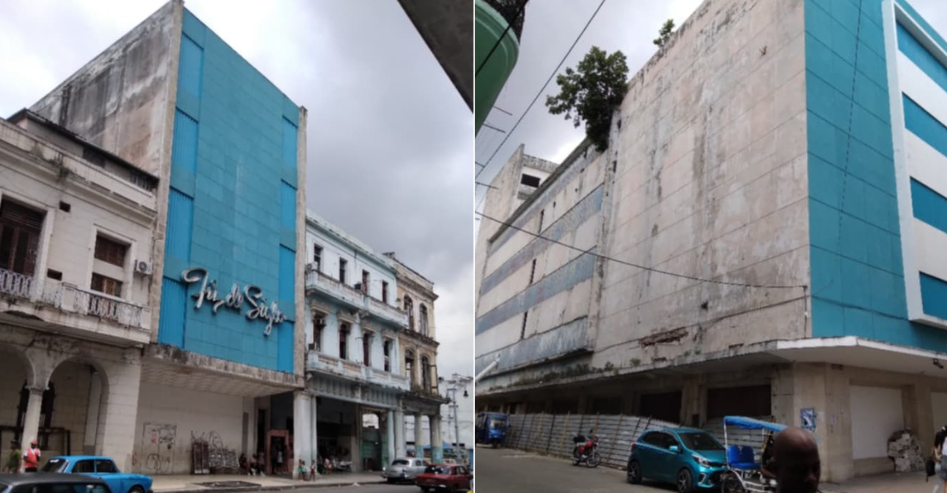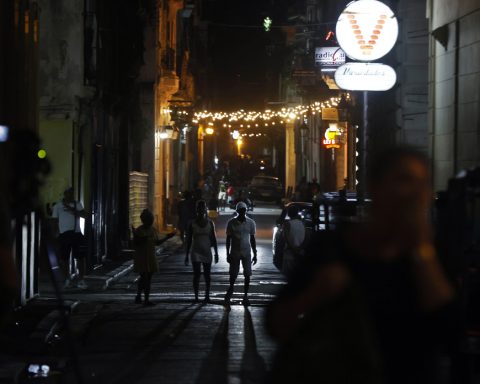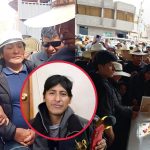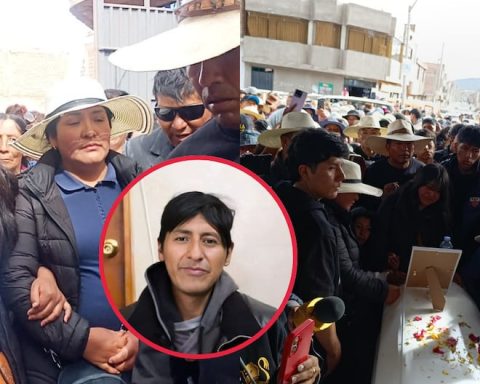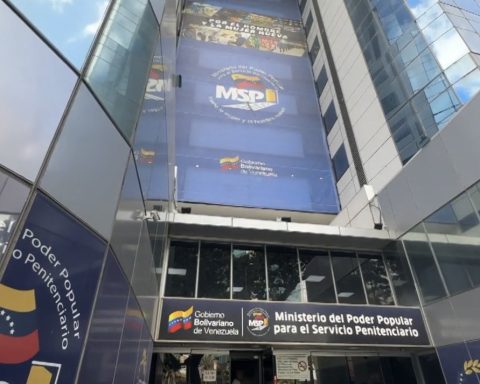HAVANA, Cuba.- Whenever I walked through Galiano, Águila, or San Rafael streets, I was tempted to enter the Fin de Siglo store through one of its four doors that led to these streets, ride its escalator, go through all the floors and apartments, always packed with merchandise, and in the process cool off with their good air conditioning.
This store, which occupied a large part of the block, was the second most important in Cuba after The Charmwhich was on one side, by San Rafael.
With several branches in the rest of the country, Fin de Siglo was considered one of the best stores in Latin America. It was a beautiful establishment, where you could purchase a wide variety of objects. The wide options included clothing, fur, perfumery, silver, toys, glassware, jewelry, bookstores, hats, silk, a custom clothing atelier, and even breads and sweets made there, in a space designated for them. The uniformed employees were very attentive and provided excellent service.
The width and symmetry of the store’s aisles allowed you to walk and observe the merchandise with great comfort, as well as the prices. In the store there were large bathrooms for men and women, which had mirrors, which allowed customers, especially the conceited ladies, to arrange their attire.
Surrounded by large windows on each street, for the display of its products, it was very easy to identify what one wanted to see, and then buy it if it suited the customer.
The story of Fin de Siglo began when the brothers Antonio, Juan and Miguel Sisto Vázquez, who came from Galicia to Cuba to seek their fortune, pooled their savings and in 1897 established a Bazaar in San Rafael #21 on the corner of Águila (the year in the store was created is the reason for the name, which it always kept).
The Vázquez brothers prospered and in 1921 they built a five-story building, which was later expanded after they bought adjacent spaces.
Over time, the Vázquez younger brother, who came from Spain when he was nine years old and had studied commerce in Havana, would run the business and become the main shareholder.
They later added nephew Manuel Dopico Sisto to the business, who at the age of 12 was sent to London to study commerce and English, and in 1937 he went to Manhattan, New York, as Head of Purchasing abroad.
The fame of Fin de Siglo was such that it managed to insert full-page advertising in newspapers and magazines of the time, such as Social and Posterssomething that only very prosperous department stores could afford.
The crash of 1929 almost ruined the Vázquez family. Later, the Labor Nationalization Law issued by the government of Ramon Grau San Martin In 1933, they required the help of Cuban doctor Amado Grabiel Lavín, who became a majority shareholder and manager of the store from that moment on.
When on October 13, 1960, by Law 890, Fidel Castro’s regime nationalized not only the 13 large department stores, but also 382 more companies, the Fin de Siglo debacle began. The shortage meant that in a few years the store was emptied of merchandise.
The last pants I bought there were of good quality (they were probably imported before 1959) and I acquired them with the missing industrial products book.
Several years ago, not having anything to offer, they filled the ground floor of the store with idle products from different companies. But they soon ran out too. At that time I bought a typewriter ribbon and a Russian Zenit E camera, which was the most modern model that entered the country after 1959.
The last use they gave to the famous store was to rent small spaces to self-employed sellers. Some time later they were forced to leave the site to distribute them around the surroundings in other empty stores because, as they said, they were going to restore the large store. But it all remained in the intentions.
Today the store is closed, surrounded by a metal fence put there years ago to give the impression of repair. But the only thing that has been achieved is that behind the fence there are piles of garbage and an infernal stench.
